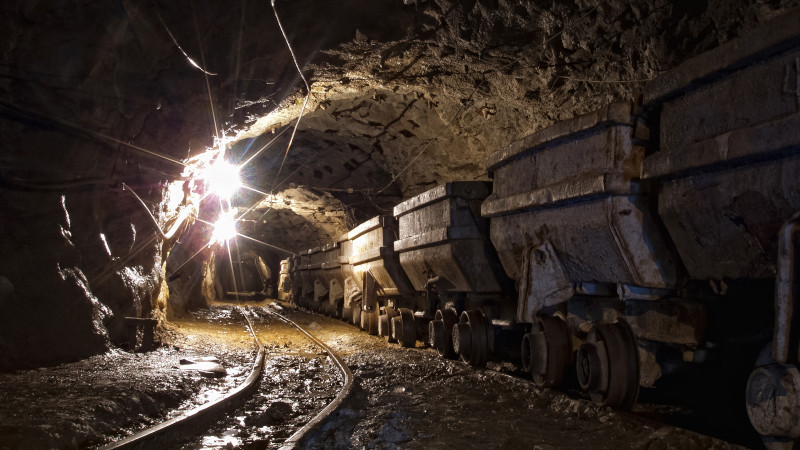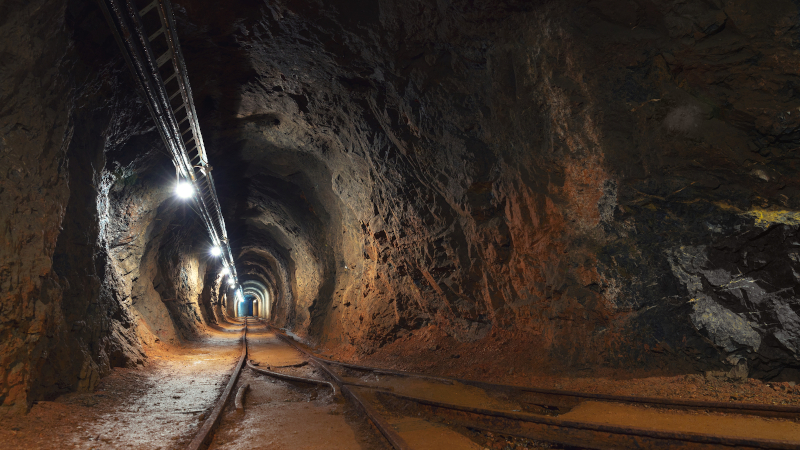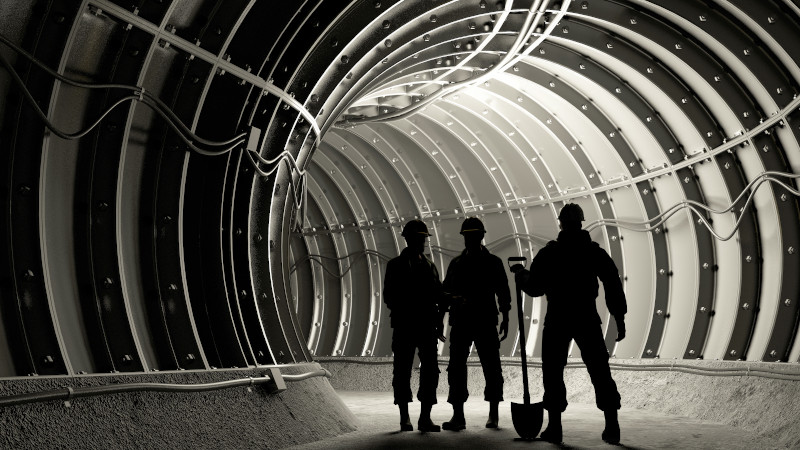4 Types of Geotechnical Monitoring Instruments

Geotechnical monitoring instruments are very useful in the mining environment. Engineers use them to provide information on as well as measure different characteristics of water behavior, rock, or soil.
The information collected is analyzed and interpreted by engineers. This helps them understand the mechanics affecting the mine and come up with ideal methods to manage and maintain the mine. Some of the monitoring instruments used are:
- Thermistors
The name ‘thermistor’ is a combination of ‘thermal’ and ‘resistor’. Thermistors have lower resistance than insulating materials and higher resistance than conducting materials. They’re a very accurate sensor for measuring ground temperature and are available in 2 types: PTC, or positive temperature coefficient, and NTC, or negative temperature coefficient.
- Extensometers
Extensometers are geotechnical monitoring instruments that measure the elongation of a substance when it’s under pressure. It also determines strain ratio, yield strength, and strain-hardening exponent. There are four types of extensometers: Soil extensometers, magnetic extensometers, mechanical extensometers, and electrical extensometers.
- Sloughmeters
These instruments are used to monitor sloughing around a stope, for instance. The inner circuit in them breaks if the area in which they are fixed breaks down. Their design enables them to always provide accurate results.
- Contractometers
These are the exact opposite of extensometers. They are crafted to measure compression and are crucial for determining whether a mine shaft is conducive for operation. These geotechnical monitoring instruments offer data that warns miners that a certain area of the mine is under intense stress. Moving water, rock, or soil causes the pressure.






